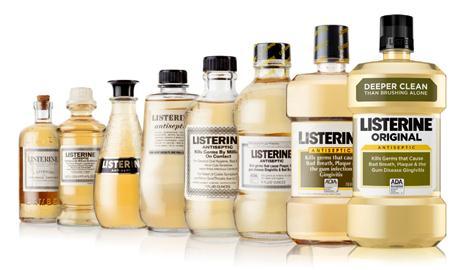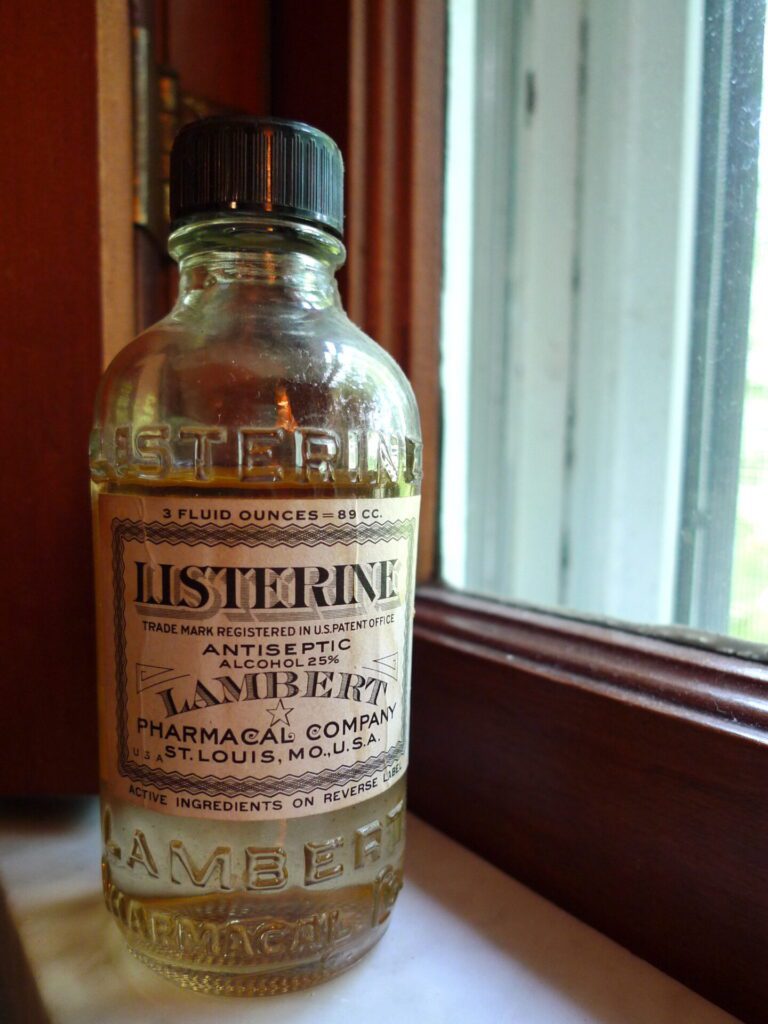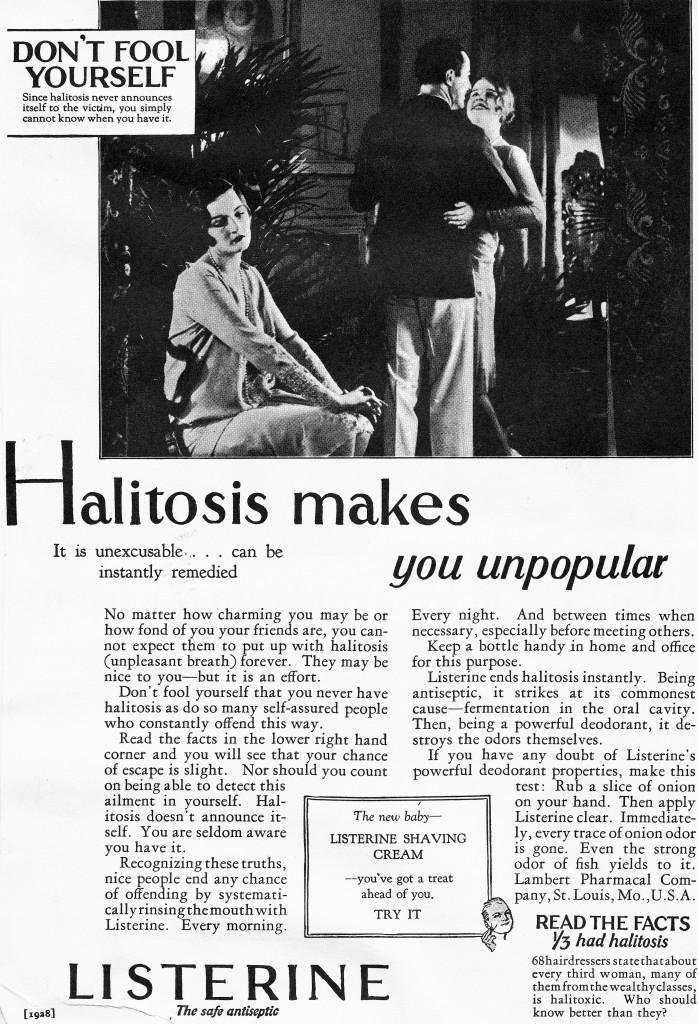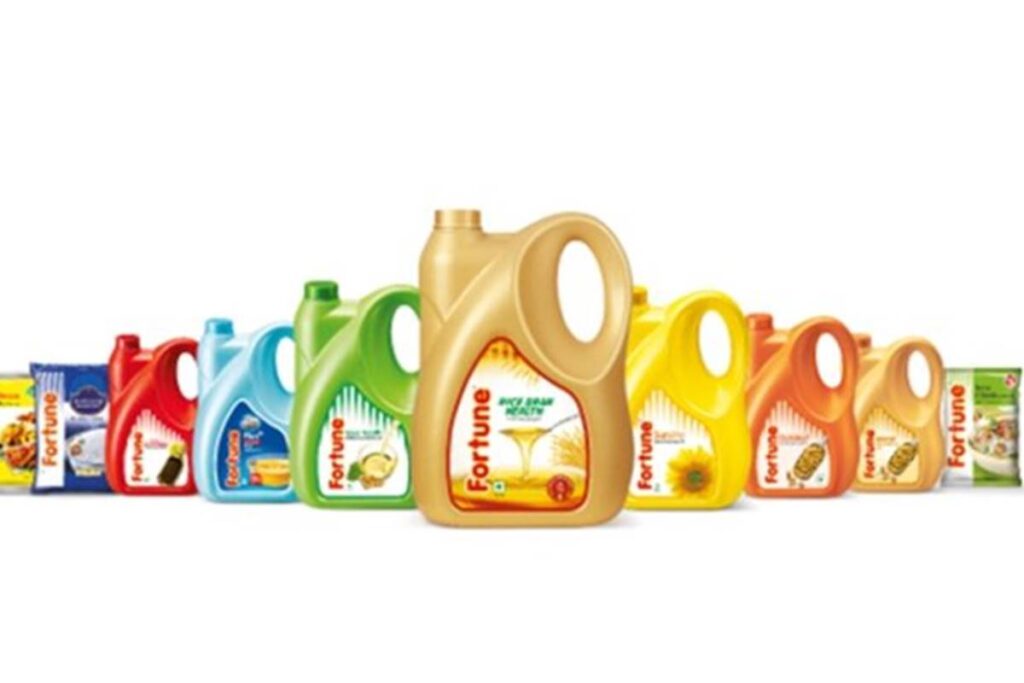Creation of Halitosis and the Success of Listerine

The phrase Halitosis was created to give a medical feel to bad breath. Listerine leveraged that to become a market leader
Humans have not had the best of breaths for years, and it has been shown that even in ancient times, people have attempted to address this issue. For instance, the Egyptians developed a precursor to the modern breath mint about 3000 years ago. Chewable and suckable candies made from a mixture of honey and cooked herbs and spices were prepared. Before addressing an audience, Chinese emperors often had visitors chew cloves. In the 1400s, they are also credited with developing the first toothbrush, which used boar bristles. 5,000 years ago, in ancient Babylon, people were using twigs to attempt to clean their teeth.
The Antiseptic Is Finally Here!
In the 1860s, people first started using antiseptics. Antiseptics were first used in operating theatres by surgeons like Dr Joseph Lister, who saw a rise in patient survival as a result.
Antiseptics quickly became the new standard for patient safety, and their use was championed by medical professionals like Dr Joseph Lawrence and business leaders like Johnson & Johnson’s Robert Wood Johnson.
Lawrence then developed a new universal antiseptic in 1879. In honour of Dr Lister, he gave it the name Listerine. It was used for everything from cleaning wounds after surgery to washing floors and treating gonorrhoea.

After buying the rights and formula for Listerine, the Lambert Pharmaceutical Company put the product on the market for a number of different uses. By 1895, dentists and their patients were taking note of Listerine because of scientific evidence showing its efficiency in reducing oral bacteria. Because of its widespread acceptance, it was accepted as an over-the-counter medication in 1914.
Making a Break in the Mouthwash Industry
Contrary to popular belief, Listerine did not create bad breath; rather, the company simply identified a lucrative market.
The origin of the name “halitosis” is disputed, with two possible explanations.
In the 1920s, foul breath was recognized as more than simply an inconvenience. In addition, the word “halitosis” was first discovered by Gerald Lambert, the son of Lambert Pharmaceutical Company founder Jordan Wheat Lambert, in an obscure medical journal. The Latin term for “foul breath” is halitosis.
Another legend is that in 1921, Lambert developed the name “halitosis” by combining the Latin word for breath, “halitus,” with the medical ending “osis” to create a phrase that sounded scientific.
Many were initially uninterested, but that changed after they heard the scientific term. It was made to look like a medical problem that needed to be treated, and Listerine mouthwash was presented as the obvious answer.
Halitosis Panic!
Edna was a beautiful young lady who had all the requisite social graces, except for one glaring problem: she had chronic bad breath. The fact that she was unaware of the truth just made matters worse. Poor Edna, with all her attractiveness, was “always the bridesmaid and never the bride” because no one would ever tell her.
This advertising campaign drew readers in with lurid, high-octane dramas like “Poor Edna,” increasing demand for the product so that they, too, may escape embarrassment in social settings. Undoubtedly, it was successful.
In their 1920s social-shaming advertisements, Listerine didn’t hold back.

Sales of Listerine increased from a little over $100,000 in 1921 to over $4 million in 1927. In the late 1920s, Listerine had become the third-largest print advertiser in the United States. That’s a rise from $1,3 million to $57.5 million at today’s standards.
Lambert kept trying to convince people that Listerine could be used for more than just cleaning teeth, like as a deodorant or to treat dandruff. But The people had spoken, and their mouths agreed: Listerine is the greatest mouthwash.
A Mouthwash Superstar
The oral hygiene market is now worth $6 billion, and Johnson & Johnson’s Listerine is a market leader.
The fear tactic, or “halitosis appeal,” as it is known in the marketing world, was so effective in the foul breath campaign that it has become a marketing buzzword in its own right.
Reference
https://www.smithsonianmag.com/smart-news/marketing-campaign-invented-halitosis-180954082/



